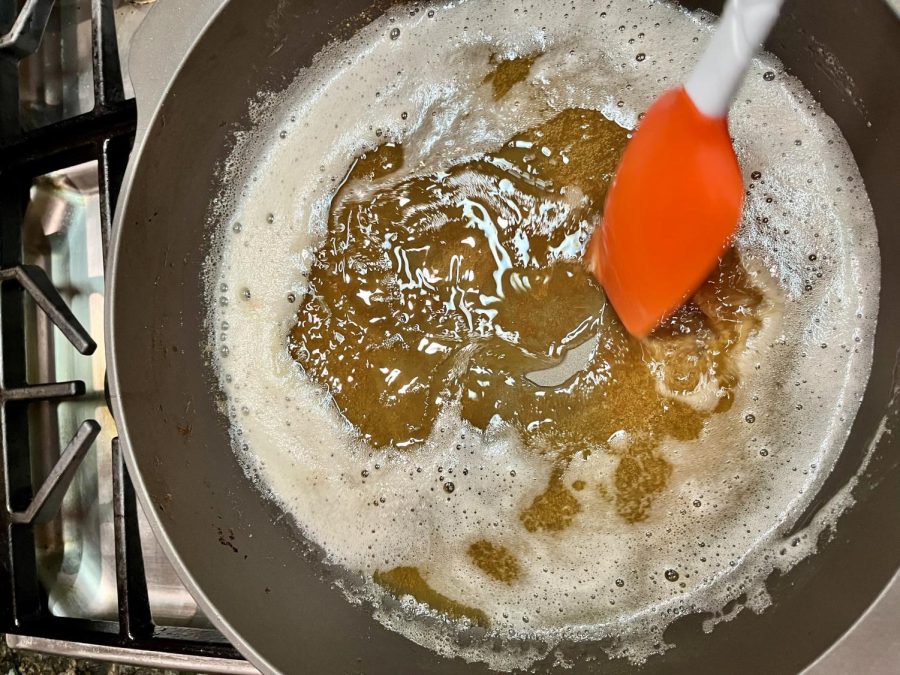Oh, You Don’t Know About the Maillard Reaction?
December 19, 2022
Have you ever taken a bite of bread and savored the nutty, browned, complex notes of its flavor profile? Or perhaps bit into a juicy burger that had a nice charred crust on it? Both of these experiences were made possible by the Maillard reaction.
The Maillard reaction is a fairly novel concept, as we still don’t fully know how it works due to its complexity. However, its basic definition is a group of small, simultaneous chemical reactions that occur when proteins and sugars in/on food undergo transformation as a result of heat, creating new flavors, aromas, and colors. This “metamorphosis” helps to make food more appealing to us due to our intrinsic evolutionary adaptations. As humans have evolved, we have developed a more sophisticated taste, preferring food that is “nutritious” and “harmless.” The Maillard reaction combines these two signals into one, producing the roasty/browned flavors of cooked food.
So how, exactly, does the Maillard reaction happen? The first thing needed for the reaction to occur is heat, typically at fairly high levels. The other option is to cook the food item at lower temperatures in water for a long period of time, a method known as sous vide. However, because this is a lengthy process, most recipes instead fry, roast, and grill foods to speed up the process and achieve similar results. The other things needed for the reaction to take place are moisture and time.
The Maillard reaction involves proteins, or chains of amino acids, and simple sugars that can bond with the amino acids. These molecules bond and mix as new molecules are added, interacting rapidly on the surface of food to create new aromas and flavors. It’s almost like magic. Weird, science-y, wonderful magic.
The specific product is influenced by factors like temperature, time, and pH, so by modifying these variables, one can change the outcome. For example, using baking soda to raise the pH can impart more flavor and aroma compounds while lowering the pH with acid can create a crispy crust.
Depending on the ratios of the biomolecules present in foods, the Maillard reaction can also act differently. For example, with sugary cookie dough, the Maillard reaction creates more aromatic compounds and less flavor molecules, but also more intense caramelization. On the other hand, foods with high protein content, like meats, undergo the opposite change of more flavor molecules and fewer aromatics.
In my opinion, the more you learn about the scientific process behind cooking/baking, the more you start to understand the reasoning for certain steps in recipes. Rather than following someone’s directions blindly, you can start to make purposeful decisions and even play with modifications. For example, with my chocolate chip cookies, I love the deep caramel notes the cookies develop when baking, and the added flavor profile of browned butter, a direct result of the Maillard reaction. While this is the basic concept of the Maillard reaction, we have yet to fully understand this intricate process that makes food more appealing to us.











